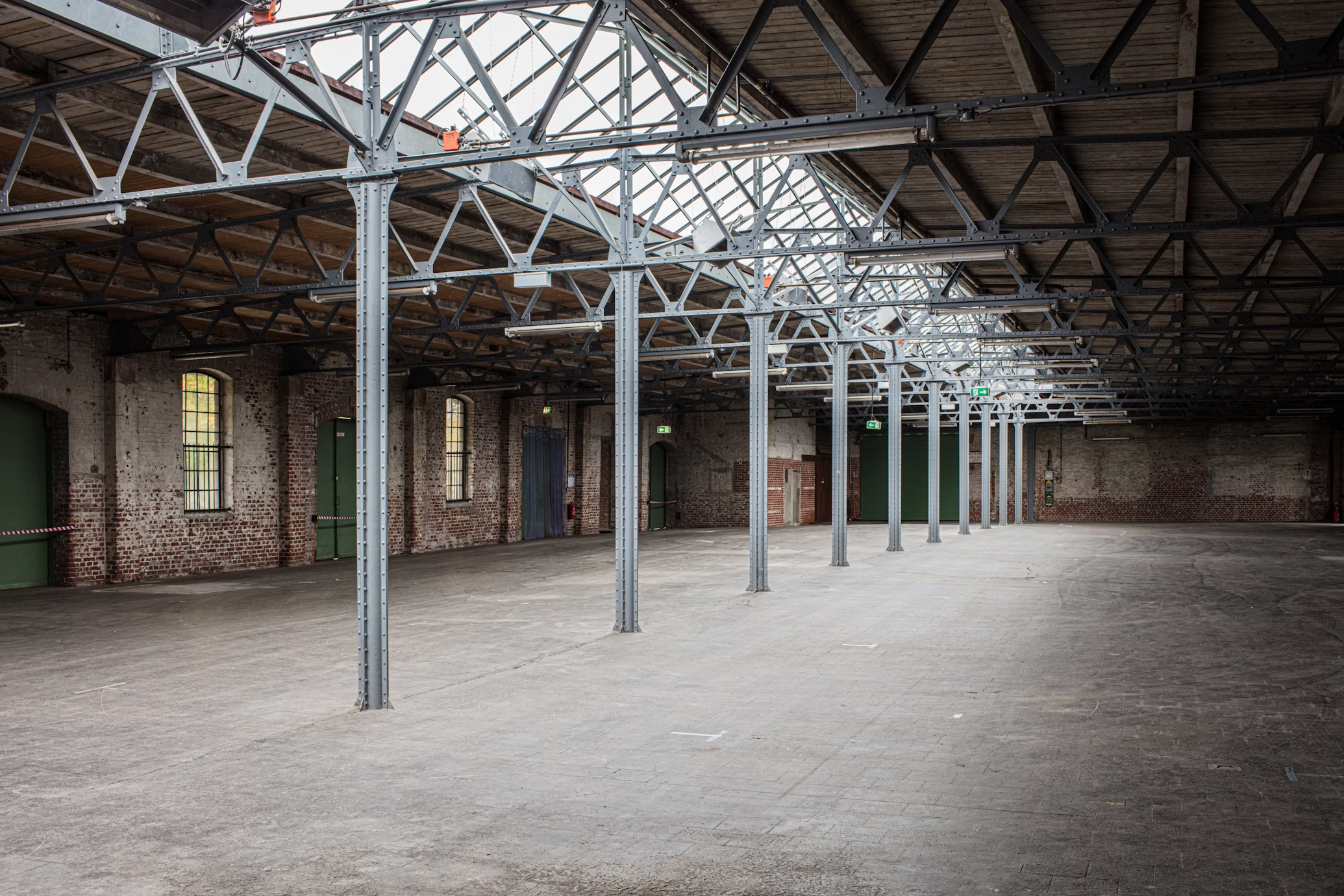Why do you need natural ventilation in the workplace?
Natural ventilation, the process of supplying and removing air through indoor spaces by natural means, such as windows, doors, and other openings, is essential in maintaining a healthy and productive workplace.
Incorporating natural ventilation into your workplace design offers numerous benefits:
- Enhanced Indoor Air Quality
Natural ventilation facilitates the continuous exchange of indoor and outdoor air, effectively reducing the concentration of indoor pollutants, odours, and moisture. This exchange helps in maintaining a healthier environment by diluting contaminants that can cause respiratory issues and other health problems.
- Energy Efficiency and Cost Savings
Utilizing natural ventilation can significantly reduce reliance on mechanical cooling systems, leading to substantial energy savings. In favourable climates and building types, it can serve as an alternative to air-conditioning, saving 10%–30% of total energy consumption.
This reduction in energy use not only lowers operational costs but also contributes to a more sustainable and environmentally friendly workplace.
- Improved Employee Comfort and Productivity
Access to fresh air and natural light has been linked to increased employee comfort and productivity. Proper ventilation helps in controlling indoor temperature and humidity levels, creating a more comfortable working environment. Employees working in well-ventilated spaces are likely to experience fewer headaches and less fatigue, leading to enhanced focus and efficiency.
- Health Benefits and Reduced Sick Leave
Poor ventilation can lead to the accumulation of indoor pollutants, contributing to health issues such as allergies, asthma, and other respiratory conditions. By ensuring adequate natural ventilation, workplaces can reduce the spread of airborne diseases and decrease the incidence of sick building syndrome. This proactive approach results in fewer sick days and promotes overall employee well-being.
- Environmental Impact
Reducing dependence on mechanical ventilation systems decreases the overall carbon footprint of a building. Natural ventilation is a sustainable design strategy that aligns with global efforts to reduce greenhouse gas emissions and combat climate change.
- Noise Reduction
Natural ventilation systems often operate silently, unlike mechanical systems that can generate noise. This reduction in background noise contributes to a quieter and more pleasant working environment, enhancing employee concentration and comfort.
- Compliance with Health and Safety Regulations
In many regions, including the UK, workplace health and safety regulations require adequate ventilation to ensure employee health. Employers must assess and implement effective ventilation strategies, with natural ventilation being a preferred method when feasible.
Incorporating natural ventilation into workplace design is a practical and cost-effective strategy that enhances indoor air quality, boosts employee well-being, and promotes environmental sustainability. Employers should evaluate their current ventilation systems and consider integrating natural ventilation solutions to create a healthier and more productive work environment.
Contact Us Today for more information on how we can help your business.

